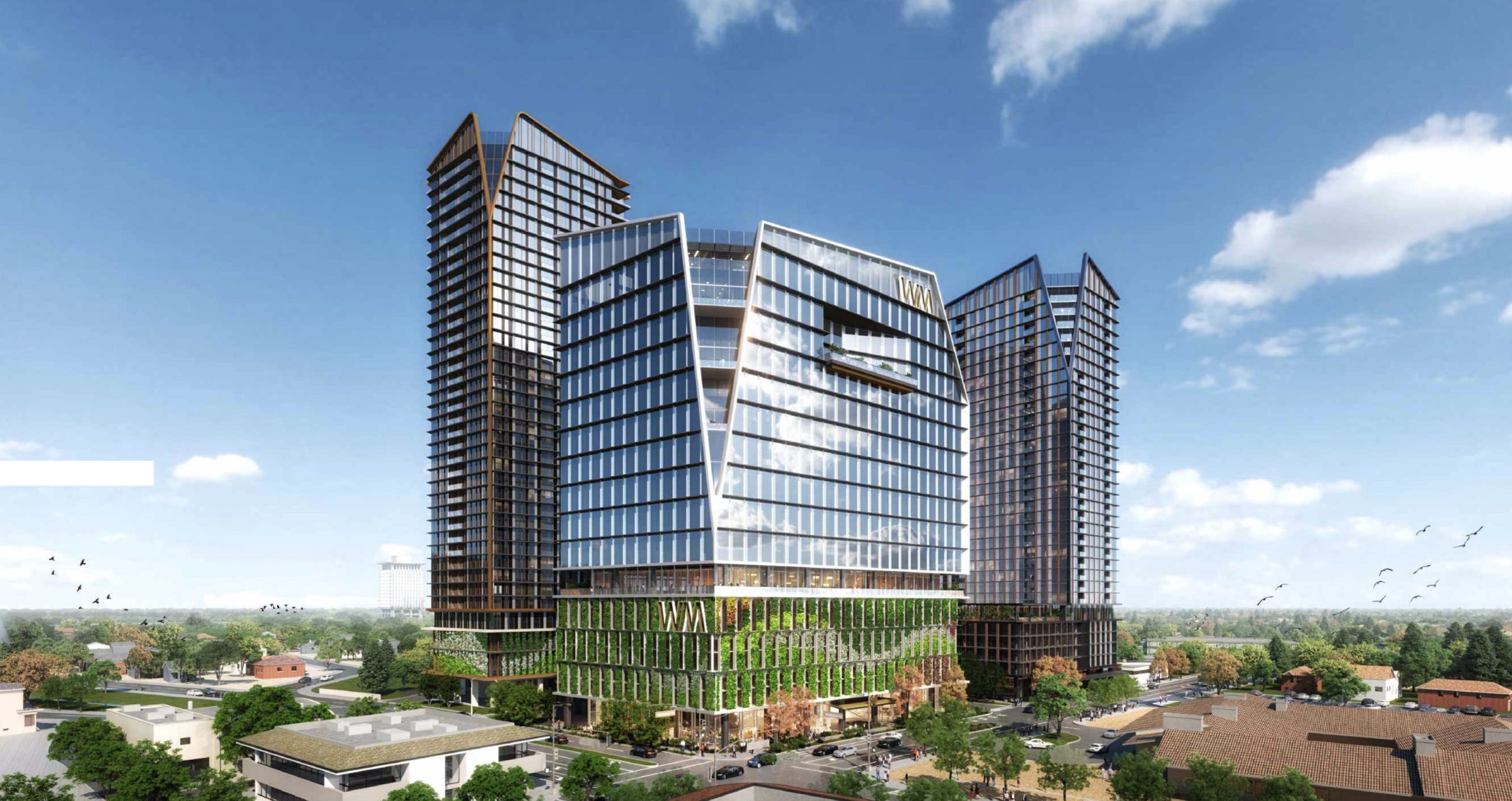Last week’s news continues to provide some mixed signals for the housing market, with the U.S. economic growth falling by 0.3% in the first quarter, homeowners insurance rates projected to rise by double-digits in 2025, and a solid labor market growing by 177k jobs in April. Construction spending, meanwhile, fell for the first time in six months as builders remained uneasy about the ongoing economic uncertainty. With tariff fears remaining a concern for the economy, interest rates could continue to fluctuate, and the housing market may remain soft in the second quarter.
US economy recorded its first negative growth since early 2022: With import surging in the first three months of 2025, the U.S. economy shrank in the first quarter and fell short of consensus expectations. Real gross domestic product (GDP) declined at an annual rate of 0.3% in Q1 2025, primarily due to a sharp increase in imports and a drop in government spending. Imports, in fact, soared 41.3% for the quarter and recorded the largest increase outside the Covid pandemic since 1974. Exports, meanwhile, only rose 1.8% in the first three months of the year. A dip in government spending (-1.4%) for the first time in 11 months and the deceleration in consumer spending (+1.8%) also contributed to the moderation in GDP last quarter. The decline was mitigated by a surge in business investment, with a strong increase in spending on equipment and inventories as businesses stocked up before the tariffs’ effect kicks in. The negative growth in real GDP in the latest quarter was below the gain of 0.4% expected by economists and came in much lower than the increase of 2.4% registered in Q4 2024. With consumer sentiment sliding and some of the consumer/business spendings being pulled forward because of tariffs concerns, economic growth could slow further in the second quarter.
Homeowners insurance rates to rise by 21% in California in 2025: Following a 10% increase in 2024, California homeowners insurance rates will increase an average of 21% in 2025, according to Insurify’s latest home insurance report. The insurance agency predicts that the average annual premium will increase $509 from $2,424 to $2,930 in the Golden State by the end of this year. Losses from the Palisades and the Eaton fires will contribute to rate increases in 2025, but the latest regulatory changes and a new insurance model that allows insurers to weigh future climate risks when pricing premiums are also factors behind the jump in rates. Tariffs on homebuilding materials could further increase home insurance prices, depending on how long trade tensions will linger on. In comparison to the state, an average homeowner at the national level will see an increase of 8% in insurance premium from $3,259 in 2024 to $3,520 in 2025.
Labor market holds up well for now: The latest employment report came in stronger than expected, with nonfarm payrolls increasing 177k in April, surpassing consensus expectations of 133k estimated by Dow Jones. While last month’s job growth slowed marginally from March’s 188k, the solid April employment report suggests that the U.S. labor market remained resilient. In fact, the unemployment rate last month was unchanged at 4.2%, indicating that the market has been relatively stable in the past couple of months. Most of the job growth was in health care (+51k), transportation and warehousing (+29k), and leisure and hospitality (+24k). The federal government employment, on the other hand, declined another 9k in April and has been down 26k since January, as the Department of Government Efficiency (DOGE) drastically downsized the government workforce. Average hourly earnings continued to grow month-to-month and year-over-year, but the annual rate of 3.8% came in slightly lower than expected and remained at the lowest level since July 2024. With the latest employment data showing no immediate concerns for the job market, the Fed will likely keep the federal funds rate unchanged at the next FOMC meeting.
Construction spending edges down after months of steady growth: U.S. construction spending in March fell for the first time in six months after a downwardly revised 0.6% increase in February, according to the latest Commerce Department’s monthly report. The increase came in softer than expected as economists had forecasted total outlays to improve 0.2% month over month. Both residential (-0.5%) and nonresidential (-0.4%) dropped from the prior month, while new single-family edged up 0.1%. The decline in residential spending in March was its first dip since September 2024, and the drop was largely driven by the decrease of 1.2% in home improvement outlays. On a more positive note, multifamily construction spending was unchanged in March after 15 back-to-back declines, which could be a signal that apartment outlays may have found their bottom. With tariffs uncertainty likely to linger on for at least the next few weeks, building material costs will rise in the months ahead while builders will continue to face macroeconomic headwinds in the near term. As such, construction activity and spending could remain soft in the coming months.
Consumers’ expectations hit 13-year low: The Conference Board Consumer Confidence Index declined for the fifth straight months in April and plummeted 7.9 points to 86.0 as tariffs and recession fears continued to mount. The latest drop took the confidence down level to the lowest since May 2020 – the beginning of the COVID era. This sharp decline was attributed mainly to the tumbling of the Expectations Index, which fell 12.5 points to reach the lowest level since October 2011. Consumers were especially concerned about the labor market outlook, as the share who expected fewer jobs in the next six months hit 32.1%, which was nearly as high as that recorded in April 2009 when the economy was in the Great Recession. Survey respondents who mentioned tariffs in write-in responses also reached an all-time high, and those who expected a recession over the next 12 months reached a two-year high.
Curious about what’s going on in your local market? As your trusted real estate resource, I’m always here to help—feel free to reach out with any questions. I’m just a phone call away!


 Facebook
Facebook
 X
X
 Pinterest
Pinterest
 Copy Link
Copy Link






